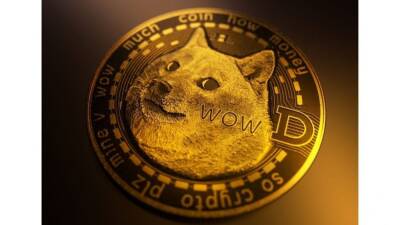The Magic of Wizardia’s Play-to-Earn Metaverse
Disclaimer: The text below is an advertorial article that was not written by Cryptonews.com journalists.
Wizardia introduces users to a fantasy world that has been overrun and distorted by a hostile fog. Life as we know it has been irreversibly changed, and the player-character must take on the role of one of many unique wizards to fight in order to survive - and even thrive.
In game terms, this means battling other player-characters in PvP battle arenas, building home bases while contesting with a finite resource environment, taking part in tournaments, and solving puzzles with the help of other players in a cooperative game mode.
The lore-filled realm of Wizardia’s fantasy metaverse is complimented by the game’s Play-to-Earn (P2E) mechanics wherein players earn real-world monetary rewards for successful gameplay, and can increase the value of their in-game characters and items to earn both passive and active income that translates to the real world.
Wizardia employs NFT (non-fungible token) technology to act as both the player’s in-game avatar and the foundation of the game’s economy. The player’s NFTs can be upgraded by earning valuable resources during gameplay then traded in an in-game marketplace for profit. Items and spells - represented in-game as Artefacts and Protospells - can also be found, upgraded, and traded, or simply retained and used by the player to increase their chances of survival in the game-world.
Wizardia builds on the pioneering technology of the latest phase of the crypto industry’s development - namely GameFi, NFTs, and Metaverse worlds - in an attempt to combine modern-day game mechanics with the spirit of independence imbued by the DeFi (decentralized finance) space.
The historic rise in the
Read more on cryptonews.com









